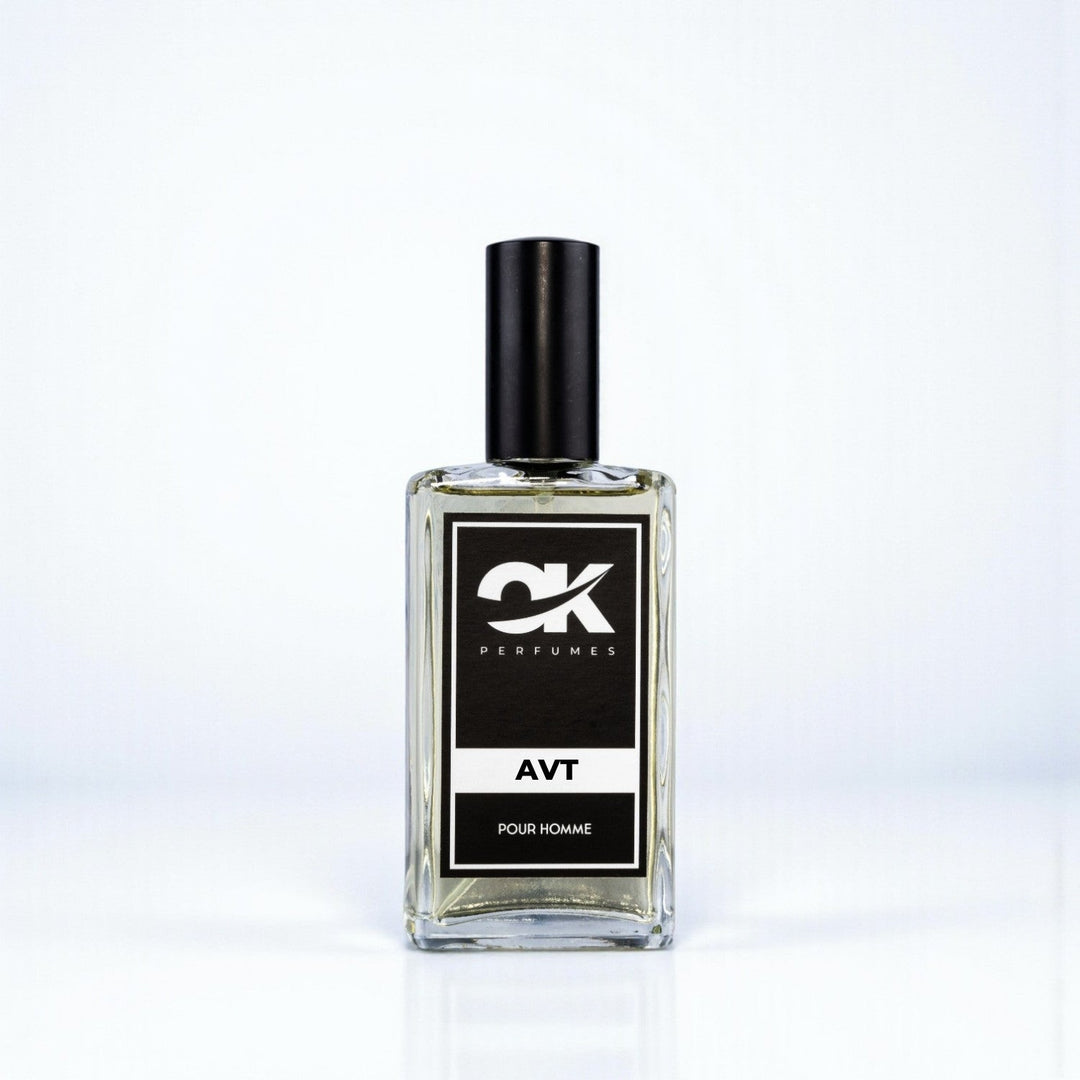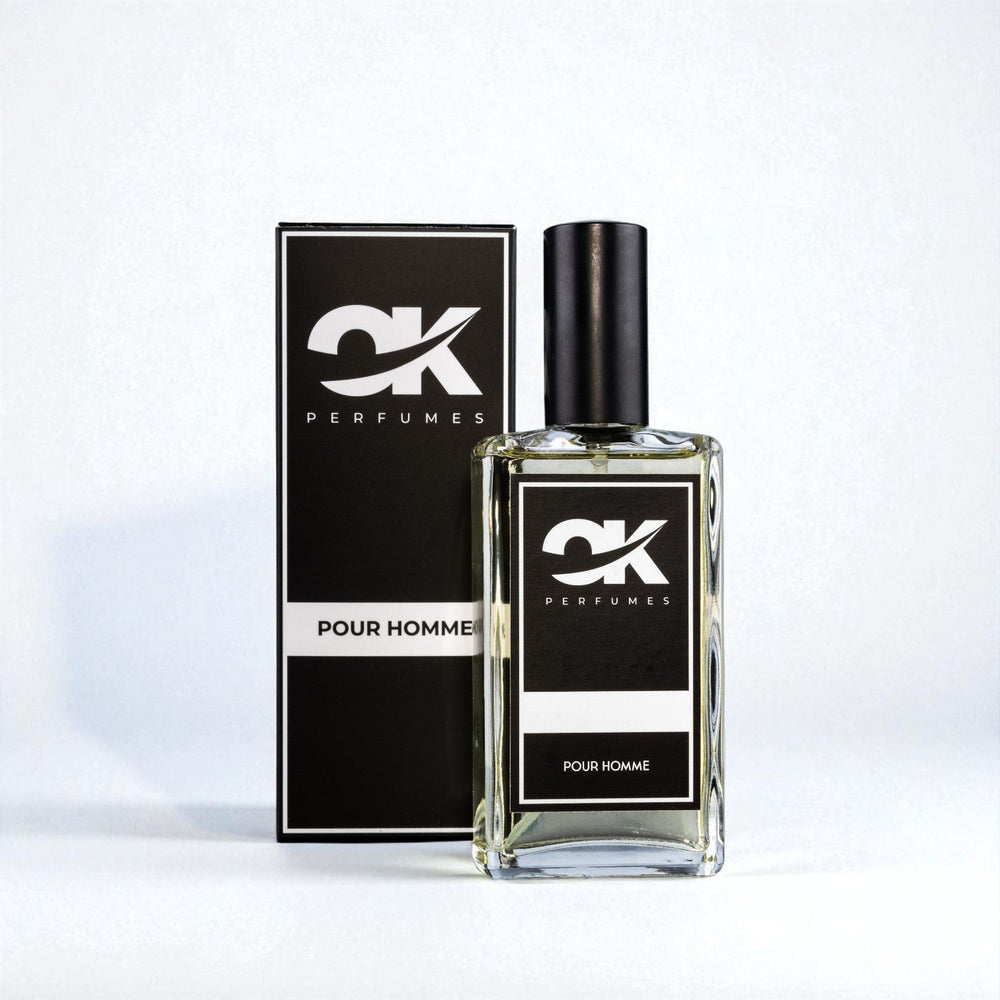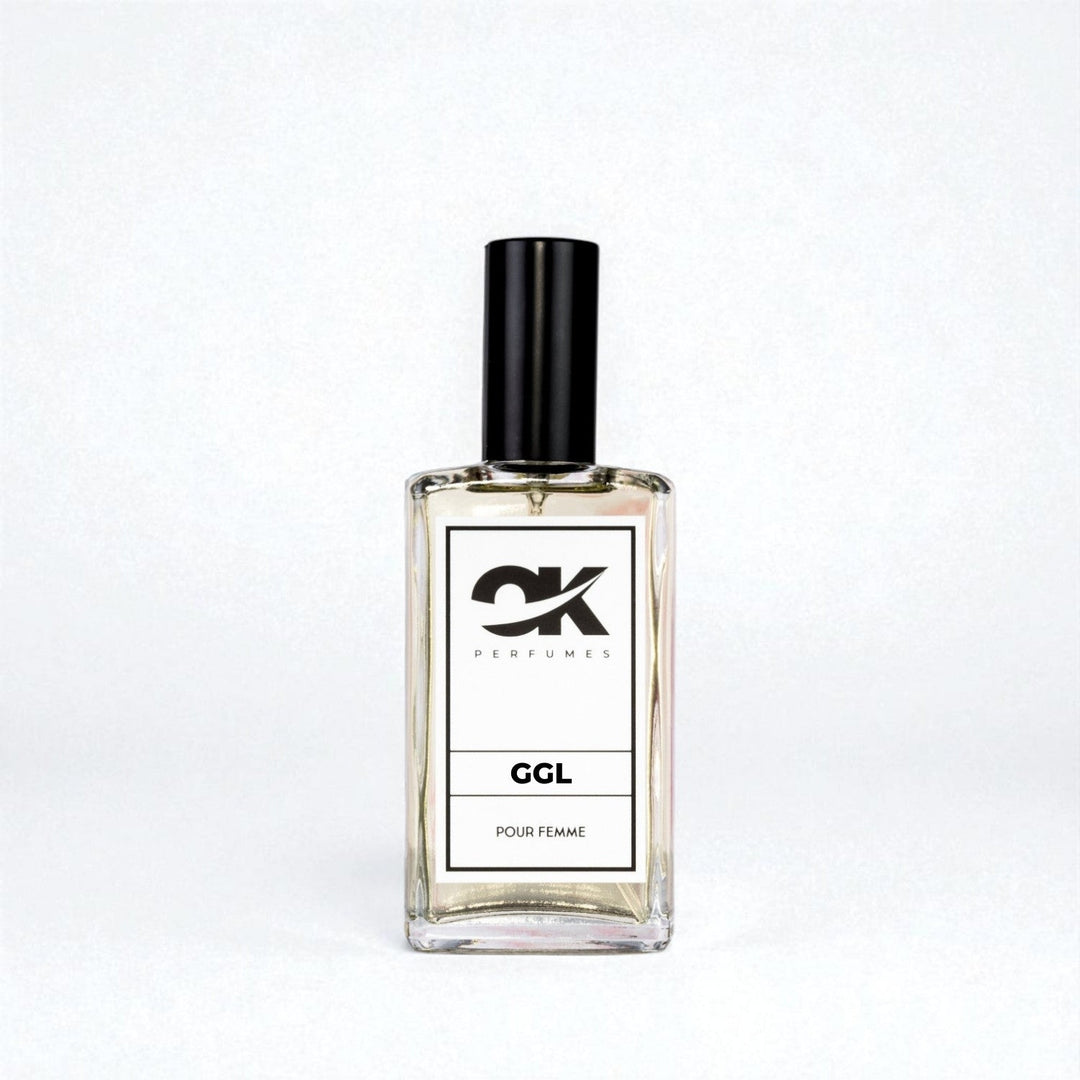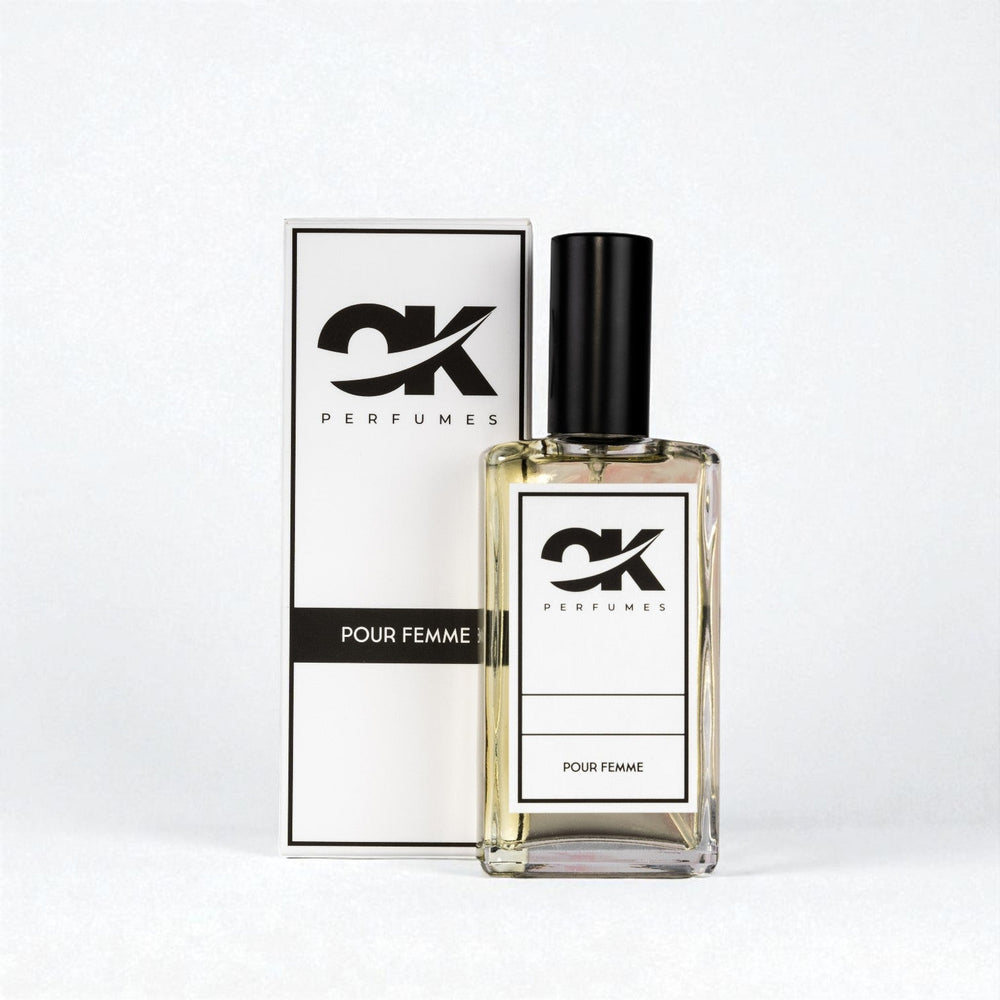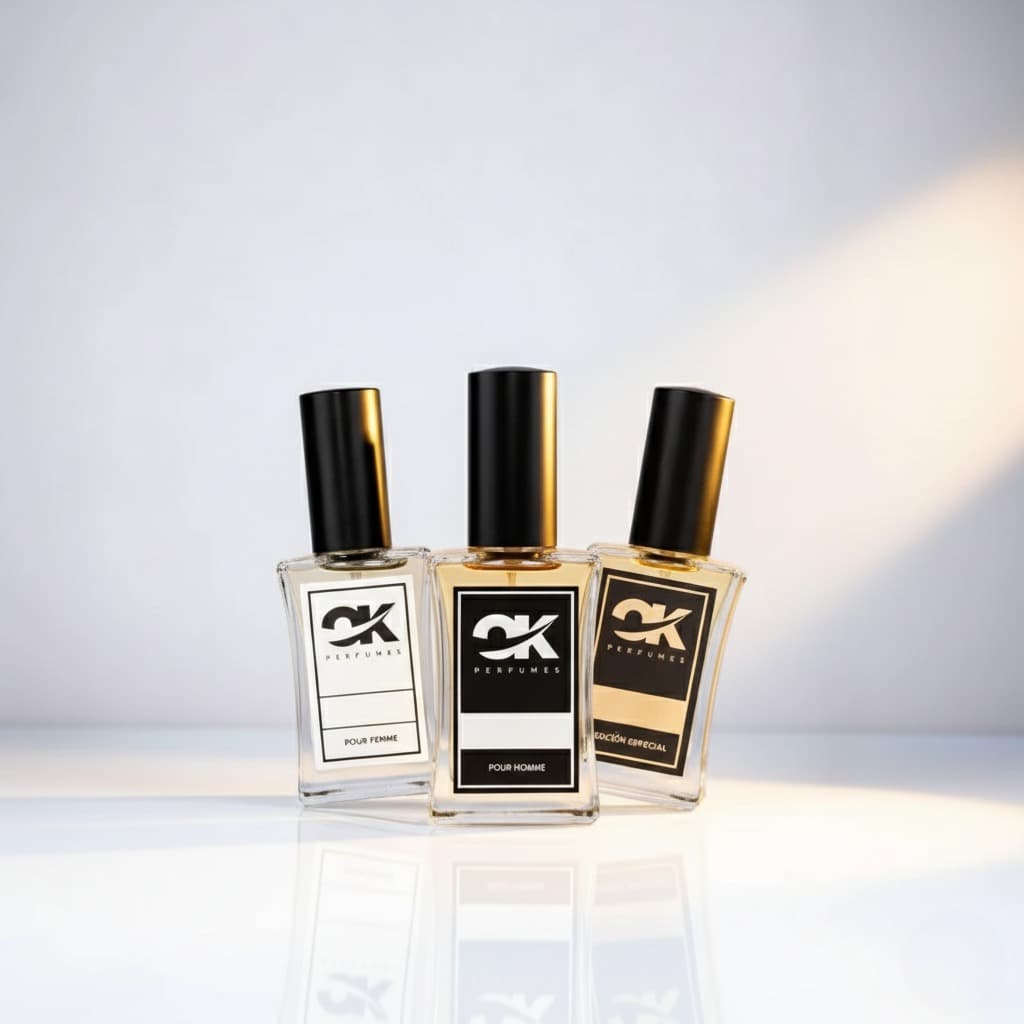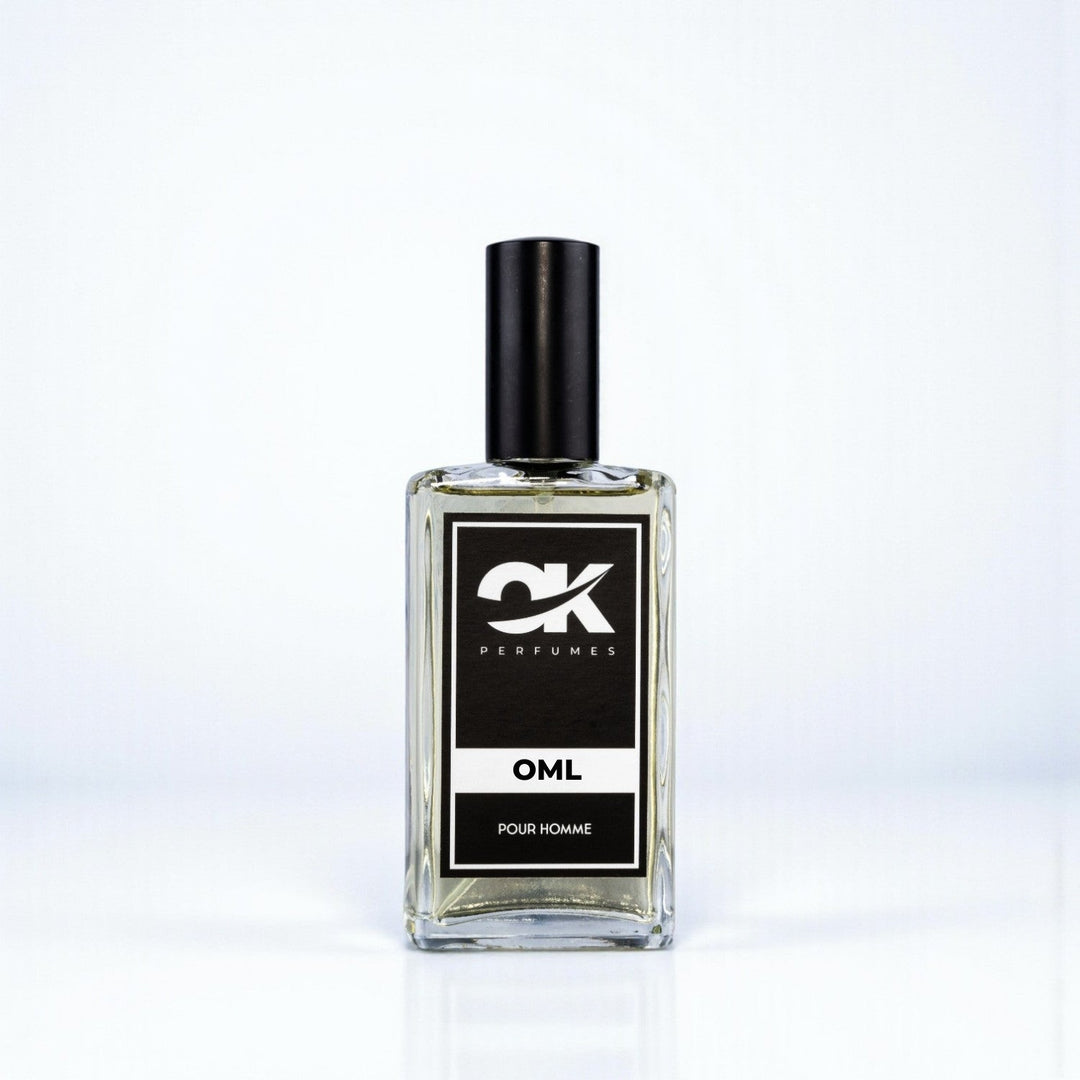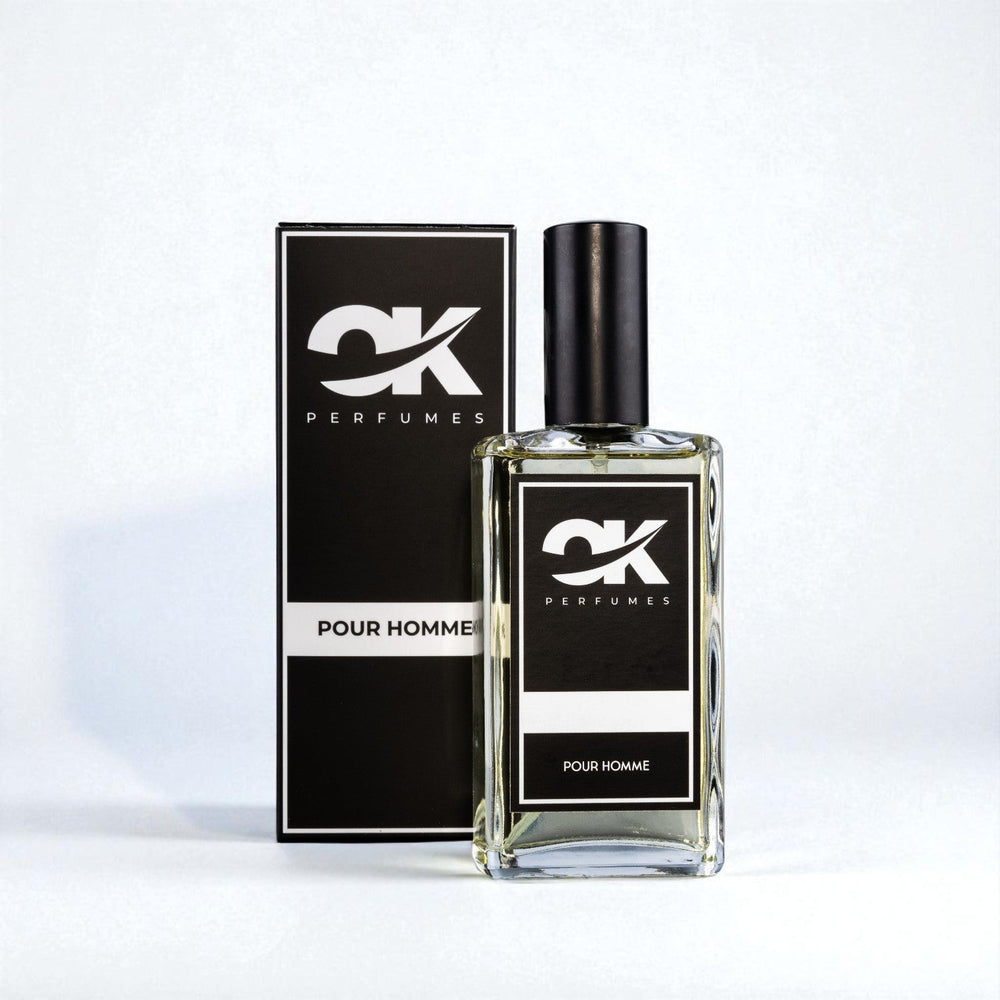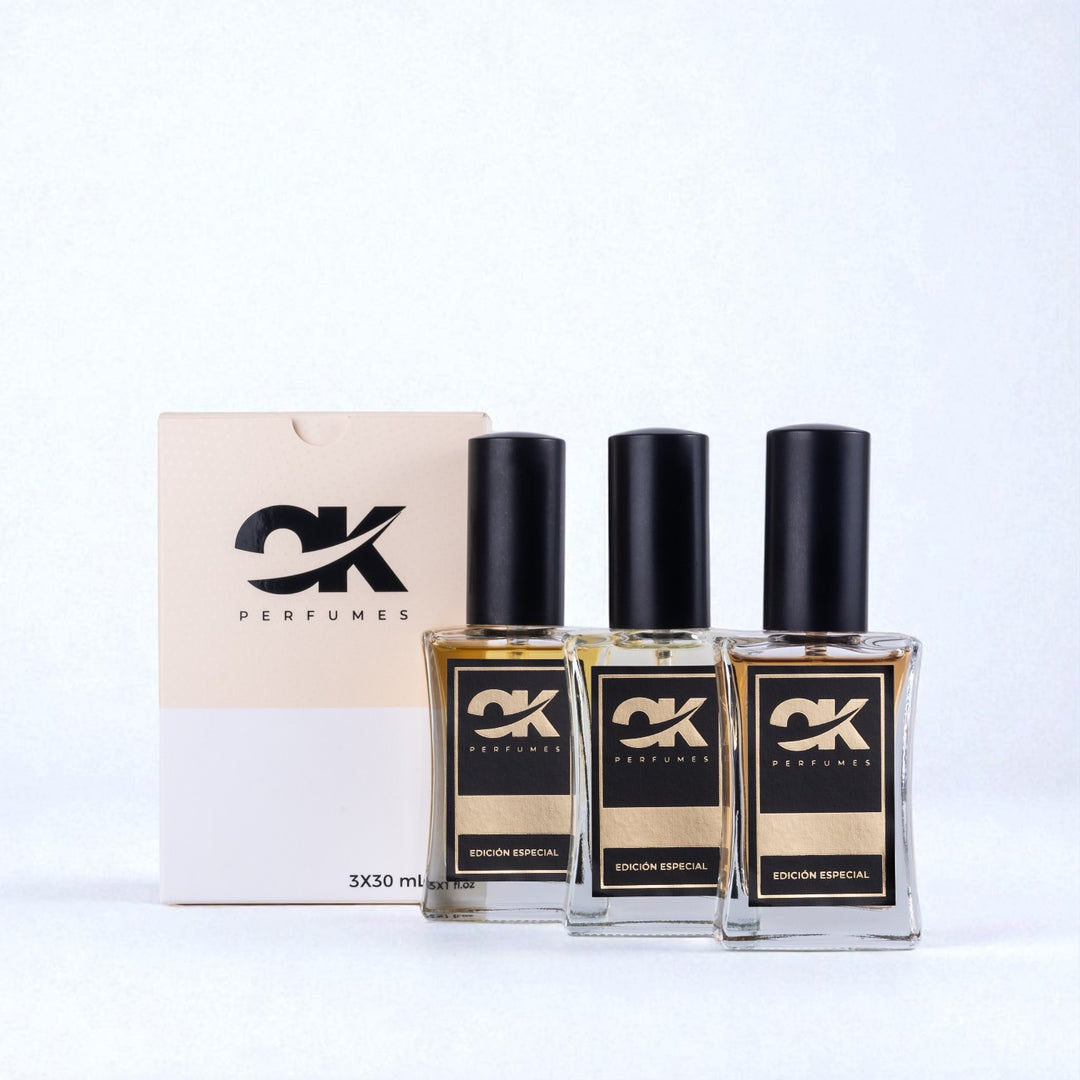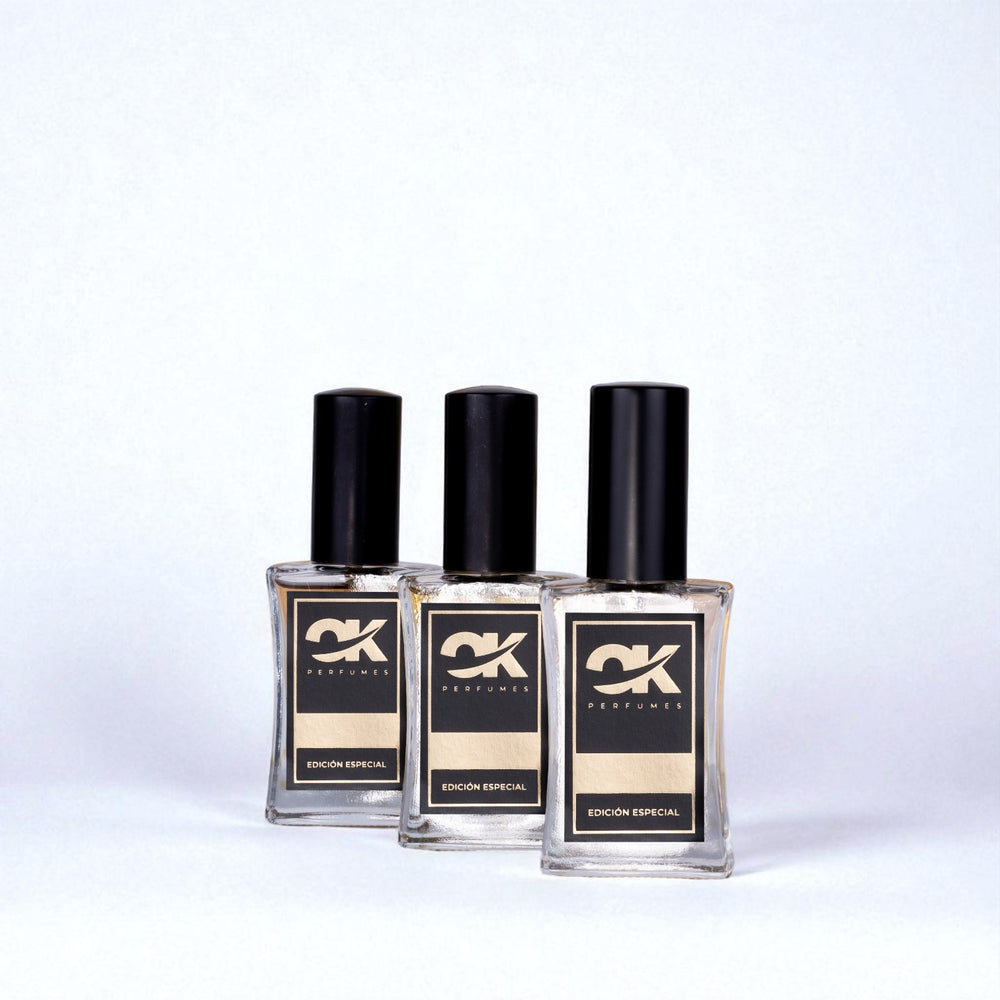Discover the Secrets Behind the Most Common Ingredients in Perfume Making
Perfume making is an art that has fascinated humanity since time immemorial. From fresh spring fragrances to Christmas scents for grandparents. That evoke fond memories, the ingredients used in perfume creation play a crucial role. In this article, we invite you to explore the most common ingredients in perfume making and how they combine to create the fragrances we love so much.
The Importance of Ingredients in Fragrance
Each perfume is an olfactory symphony, where ingredients combine in different ways to create a unique experience. These ingredients can be classified into several categories, each of which plays its own role in creating a balanced and pleasing fragrance. Below, we'll describe the most common ingredients used in perfume making.
Top Notes
Top notes are the aromas perceived immediately after applying the perfume. They are usually light and fresh, and they play a crucial role in capturing the user's attention. Some of the most common ingredients in this category are:
- Citrus fruits: Such as bergamot, lemon and orange, which provide freshness.
- Spices: Such as pepper and cinnamon, which add a spicy touch.
- Herbs: Such as mint and rosemary, which offer a refreshing aroma.
Heart Notes
After the top notes, the heart notes, which are the core of the fragrance, begin to develop. These notes are typically softer and define the perfume's character. Typical ingredients include:
- Flowers: Like roses and jasmine, which add femininity.
- Fruits: Such as melon and pear, which offer sweetness and freshness.
- Greens: Like nectar and chlorophyll, they evoke the freshness of the countryside.
Base Notes
Base notes are the aromas that linger the longest, leaving a lasting impression. These ingredients are typically heavier and more complex. Some common examples are:
- Woods: Such as sandalwood and cedar, which add richness and depth.
- Resins: Such as amber and incense, which provide an exotic touch.
- Mosses: They provide an earthy and natural feeling.
Natural vs. Synthetic Ingredients
A common debate in the perfume industry is the choice between natural and synthetic ingredients. Each has its own advantages and disadvantages.
Natural Ingredients
Natural ingredients are those that come from plant or animal sources. This includes lavender essential oil, vanilla extract, and other components that can offer an authentic olfactory experience. However, the cost of these ingredients can be higher, which can influence the final price of the perfume.
Synthetic Ingredients
On the other hand, synthetic ingredients are created in laboratories and can replicate or enhance natural scents. They also offer greater consistency and are often cheaper to produce. However, some perfume purists believe they can never match the quality of natural scents.
How These Ingredients Are Obtained
Obtaining perfume ingredients can be a complex and fascinating process. Below, we'll briefly explore how some of the key ingredients are extracted:
Distillation
Distillation is one of the most common methods for extracting essential oils from plants. It involves heating the raw material to release the oils, which are then condensed and collected. This method is used to extract ingredients such as eucalyptus oil and rose essential oil.
Solvent Extraction
This method involves dissolving fragrances in a solvent to separate the aromatic substances. It's common for delicate flowers that can't withstand distillation, such as jasmine.
Enfleurage
A less common method today, enfleurage involves placing flowers in fat to absorb their aromas. They are then extracted using alcohol. This method is ideal for flowers that are difficult to process by other means.
The Future of Perfumery: Innovations and Sustainability
As awareness of sustainability continues to grow, the perfume industry is experiencing a shift toward more eco-friendly practices. This includes using ingredients from sustainable sources and reducing environmental impacts in production.
Sustainable Fragrances
More and more brands are investing in the research and development of organic ingredients. This not only benefits the environment but also attracts a younger audience who value sustainability in their purchasing choices.
Packaging Recycling
In addition to the ingredients, some manufacturers are beginning to pay attention to their fragrance packaging. Creating recyclable packaging and refilling are becoming increasingly popular, reducing waste and the use of non-biodegradable materials.
The Emotional Connection of Fragrances
Beyond the ingredients and the creation process, it's important to recognize the profound emotional impact perfumes can have on people. Scents can evoke memories, feelings, and connect people in unique ways.
Memories Associated with Aromas
A scent can instantly transport you to moments past, like the hug of a loved one, laughter with friends, or holidays celebrated with family. For example, Christmas scents for grandparents They can recall the warmth of family celebrations. This is because the sense of smell is closely linked to the brain's emotional system, creating powerful and lasting memories.
Choosing the Perfect Perfume
Choosing the right perfume isn't just about personal preferences or fashion. It's about finding a fragrance that resonates with you, fills your senses, and tells your story. Don't hesitate to explore different compositions and find the one that makes you feel most authentic.
Beyond the Ingredients: The Art of Perfumery
Perfumery is more than just combining ingredients; it's a true art. It requires talent, intuition, and a deep understanding of how different elements interact with each other to create perfect harmony. Some perfumers spend years perfecting their craft, and each new fragrance they create is a manifestation of their creativity and passion.
Famous Perfumers
Some perfumers are widely recognized in the industry for their ability to create exceptional fragrances. From European classics to innovative contemporary fragrances, their legacy endures through time.
The Value of Trial and Error
Finally, it's vital to remember that creating perfumes involves a process of trial and error. Many perfumers experiment with different combinations of ingredients, which can be time-consuming, but it also allows them to discover new and exciting fragrances.
Transform Your Olfactory Experience
Now that you've explored the most common ingredients in perfume making, we invite you to immerse yourself in your own olfactory experience. Don't be afraid to try different fragrances and explore new combinations. Perfumery is a world full of surprises and discoveries, and every scent has a story to tell. Remember, the fragrance you choose isn't just an accessory; it's an extension of your personality and a reflection of your emotions. So go ahead, let the scent of your choice speak for itself!




